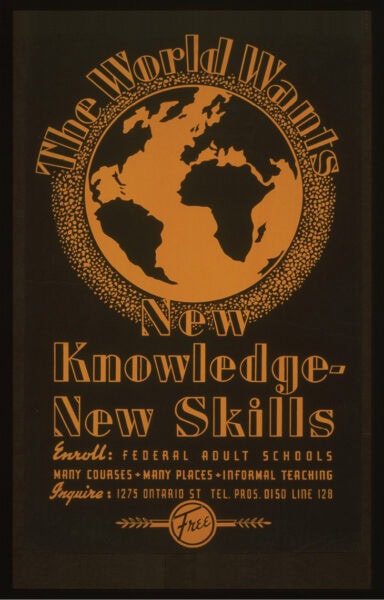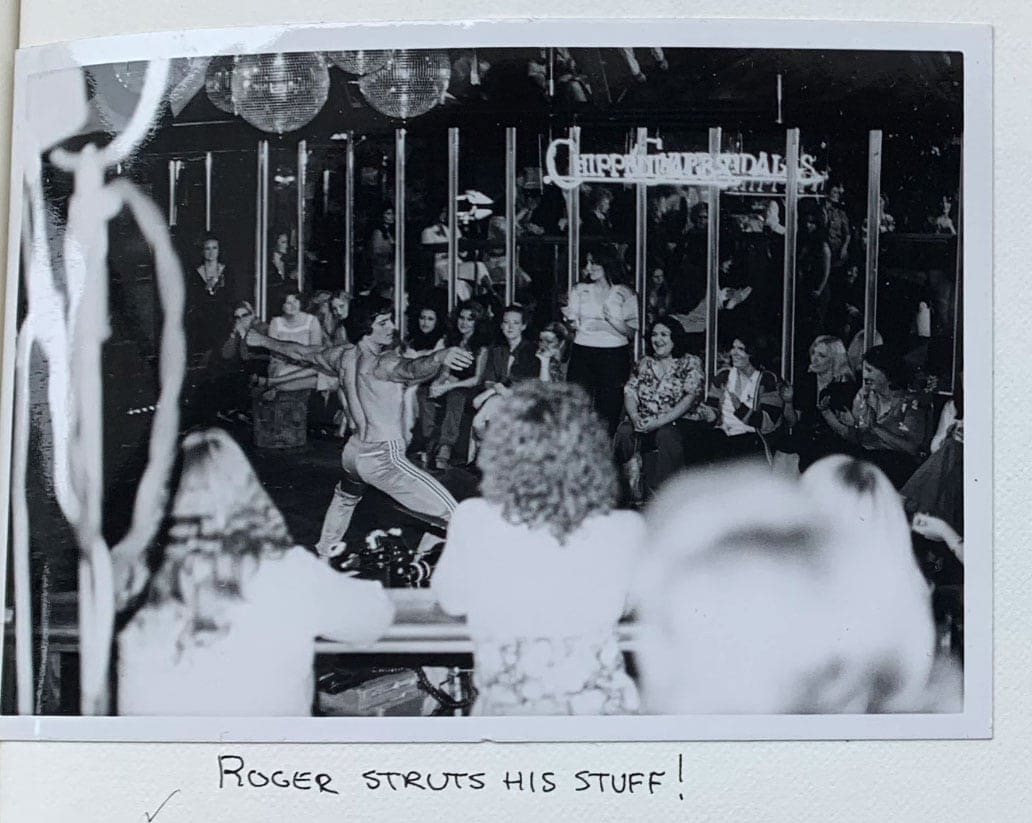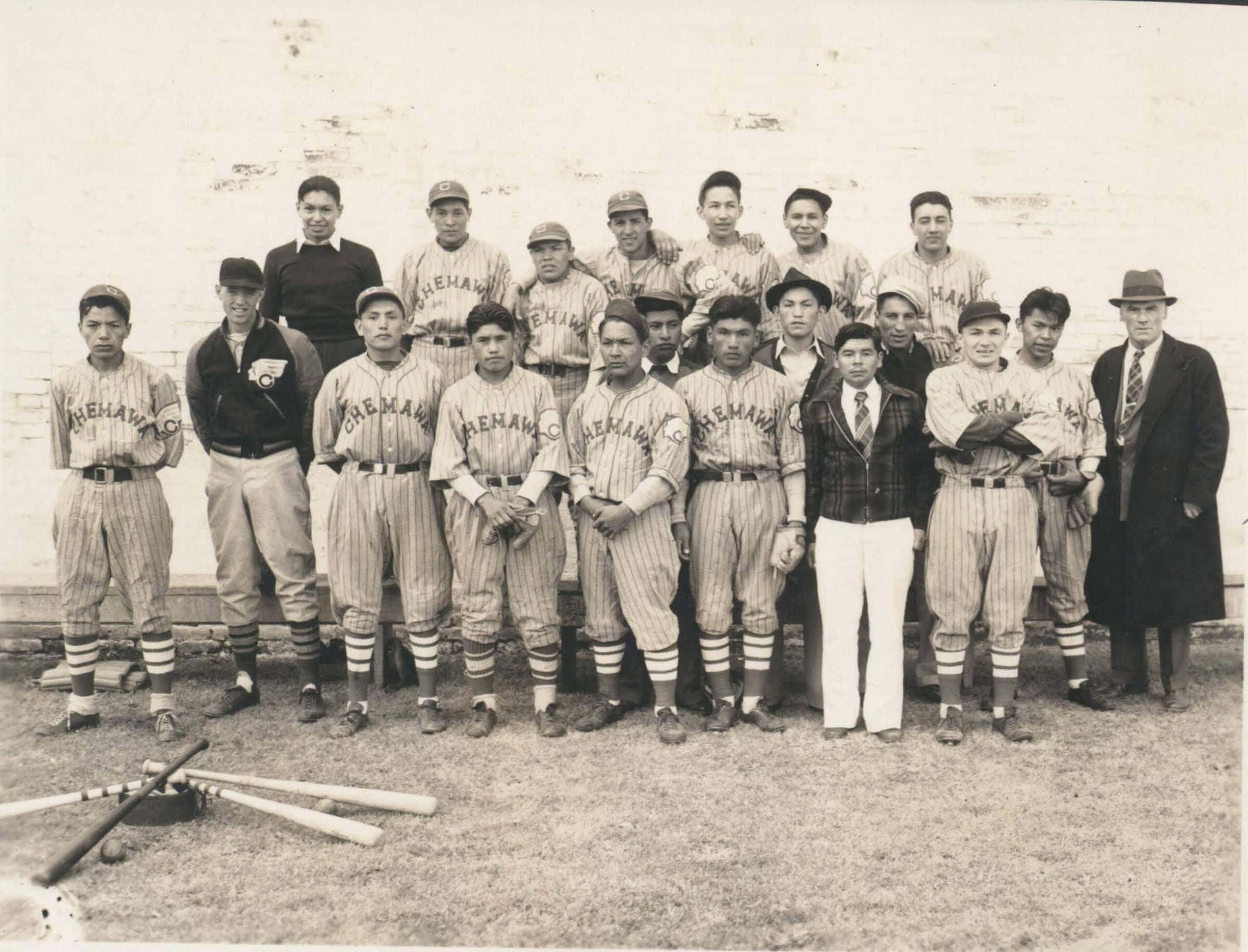Military historians are blessed. The object of their study, in the course of its daily existence, creates vast storehouses bursting with archival materials. The richness of these resources provides ample fodder. Historians feeding at these troughs obtain material that allows for everything from incredibly detailed explications of battle tactics and maneuvers to cultural narratives of the everyday lives of personnel and their families.
Such riches also come with hurdles; archival abundance can overwhelm. The disciplinary need for a comprehensive investigation of the sources is often rendered impractical or even impossible. So, in the best traditions of the discipline, we find ways around this problem. We sample (sometimes systematically, sometimes not) or narrowly define our topic to create a manageable task that can still answer our questions and stand up to scrutiny.
An emerging solution to the problem of abundance is to use computational tools and methodologies for processing and analyzing sources. While for several decades historians have used databases to manage sources and even help with interpretation, the proliferation of digital sources and the sophistication of tools and methods have, over the past decade, led to a growing interest in digital history. This in turn has led to the possibility of utilizing primary source archives that are far larger than had previously been possible. The historian faced with processing a research archive that would take lifetimes to read can now enlist the help of these machines that have become such a ubiquitous part of our lives.

A 1937 poster for free adult education classes. Credit: Work Projects Administration Poster Collection, Library of Congress.
But many historians with an interest in exploring the possibilities have little idea where to begin or even what the possibilities offered by digital tools might be. A recent workshop—held in October at Northeastern University—aimed to begin to address this problem among military historians in particular. One of the organizers of the event, Abby Mullen, a historian of the early-19th-century US navy, succinctly summed up the problem faced by historians working in this field: “Military history is very data driven, and the military keeps a lot of records” (bit.ly/1xdI45W).
The organizers focused on two methods—digital network analysis and mapping—because of their appropriateness to approaches taken and sources used by military and diplomatic historians. Alex Mikaberidze, associate professor of history at Louisiana State University in Shreveport, attended the event and found it very valuable. Having “long nurtured projects” he thought “would be great in a digital medium,” he also felt that “bringing them to fruition would be too challenging since they would require a special set of skills and knowledge.”
This is a common concern among scholars in the humanities, but workshops such as Digital Methods for Military History can help, by providing introductions and experience using digital tools. These kinds of events can help conquer learning curves that present otherwise insurmountable barriers for the uninitiated historian. Another workshop with aims similar to that of the Northeastern event was held this past August at the Roy Rosenzweig Center for History and New Media at George Mason University. The Rosenzweig Center—one of the top digital history centers—brought together 23 mid-career American historians for Doing Digital History (bit.ly/1tDZiqG), a two-week long institute “designed to introduce historians already established in their subject areas, to digital humanities scholarship, methods, and tools relevant to their own research and teaching.”
Attendees at Doing Digital History wrote publicly shortly after the event about their experiences and the ways in which they planned to put what they had learned into practice. Their plans speak to the power of a well-run institute to revitalize scholarly practice and encourage new ways of doing things. Resolutions included building digital projects, proposing departmental digital competency requirements for students, adding digital assignments to syllabi, using visualization tools to explore historical events, and many more (read more responses at bit.ly/1tDZzK4).
The National Endowment for the Humanities funded both of these events. Through grants that are specifically intended for setting up institutes, the NEH—in particular, its Office of Digital Humanities—has been working to ensure that ample opportunities exist for training in the use of digital methods for research and teaching. Historians can take advantage of the opportunities to introduce themselves to concepts, methods, and techniques. Whether you want to learn to use digital tools in the classroom, manage your professional web presence, or even get started with research approaches such as Geographic Information Systems or text mining, there are institutes that you will benefit from.
The best of these institutes and workshops combine several different techniques for introducing historians and humanists to the methodologies appropriate for their work. Look for workshops that provide hands-on opportunities. You should be prepared to dive in and start using digital tools. Getting your hands dirty with uses of your computer beyond e-mail, word processing, and searching the web is the best way to learn the possibilities that are offered and make it all seem less intimidating.
Acquiring skills in the use of digital tools and methods can demystify the digital realm, allow you to engage students in new ways, add additional tools to your analytical arsenal, and present your scholarship in media you’d never considered. So seek out general or specific training in digital historical methods. You, your students, and your research will all benefit.
This work is licensed under a Creative Commons Attribution-NonCommercial-NoDerivatives 4.0 International License. Attribution must provide author name, article title, Perspectives on History, date of publication, and a link to this page. This license applies only to the article, not to text or images used here by permission.



